Image of 1981 Pontiac Phoenix, sourced from www.flickr.com , Image Link.
Performance Metrics
Fundamental Metrics
Emotional Appeal
MMP Rating
| Engine Specifications | |
|---|---|
| Engine Options: | 2.5L Tech IV I4, 2.8L LE2 V6, 2.8L LH7 V6 |
| Displacement Range: | 151-173 cu in (2.5-2.8L) |
| Horsepower Range: | 90-135 hp |
| Torque: | 125-145 lb-ft |
| Compression Ratio: | 8.0:1 - 8.6:1 |
| Ignition System: | Electronic ignition system |
| Cooling System: | Liquid-cooled |
| Performance Specifications | |
| 0-60 Time: | Estimated 11-13 seconds |
| 1/4 Mile Time: | Estimated 18-20 seconds |
| Top Speed: | 100-110 mph |
| Transmission and Drive | |
| Drive Type: | Front-wheel drive |
| Transmission Type: | 3-speed automatic, 4-speed manual |
| Fuel and Efficiency | |
| Fuel System Type: | Carburetor |
| MPG: | 20-25 mpg |
| Dimensions and Brakes | |
| Brakes: | Front disc, rear drum |
| Wheelbase: | 101.2 inches |
| Weight: | 2,600-2,800 lbs |
Note: Specifications for classic cars are given to the best of our ability, considering the limited and variant data available.
Rediscovering the 1981 Pontiac Phoenix: A Forgotten Gem
When the 1981 Pontiac Phoenix rolled off the assembly line, it marked an era of transition for the American automotive industry. Born from the legacy of General Motors, this compact car was designed to meet the changing demands of a market rocked by fuel crises and a shift towards efficiency. Although not as celebrated as its Firebird sibling, the Phoenix offered a blend of practicality and style that resonated with drivers of the early '80s. One intriguing fact about this model is that it shared its X-body platform with the infamous Chevrolet Citation, yet it managed to carve out its own niche in Pontiac's storied history.
Design and Innovation
The exterior of the 1981 Pontiac Phoenix boasted a boxy yet sleek silhouette that was a signpost of automotive design trends of the time. Its sharp lines and angular front grille gave it an assertive stance on the road. Inside, passengers were greeted with a functional and straightforward cabin, where comfort met simplicity. The materials ranged from durable fabrics to vinyl, reflecting both economy and resilience. Technologically, it featured advancements like electronic ignition and optional computer command control for enhanced engine management. Color options varied from understated shades like Cameo White to bolder choices like Bright Blue Metallic, with Dark Jadestone being a particularly popular hue. The Phoenix was available in several body styles, including a two-door coupe and four-door sedan, but it was the hatchback version that left a lasting impression on enthusiasts.
Historical Significance
The 1981 Pontiac Phoenix represented a significant shift towards smaller, more fuel-efficient vehicles for American manufacturers. It stood out with its front-wheel-drive layout at a time when rear-wheel drive dominated domestic car design. This move would later become mainstream across various models and brands, showcasing Pontiac's forward-thinking approach.
Performance and Handling
Underneath its hood, the Phoenix offered a range of engines from an economical 2.5-liter "Iron Duke" inline-four to a more powerful 2.8-liter V6. While top speeds were modest by today's standards, the car's acceleration was adequate for its class, with 0-60 mph times that could compete with its contemporaries. Handling was characterized by predictable front-wheel-drive dynamics, providing drivers with confidence through urban sprawls and open highways alike. The driving experience was marked by a balance between efficiency and responsiveness, with engine sounds that were unmistakably rooted in American car culture.
Ownership Experience
The 1981 Pontiac Phoenix served many roles—from daily commuting workhorse to weekend cruiser—and even found its way onto local drag strips in modified forms. Maintenance was relatively straightforward thanks to shared components with other GM models, making parts accessible and repairs manageable for DIY enthusiasts.
Fun Facts
This model may not have been known for breaking records or celebrity endorsements, but it did feature in everyday American life during a time of significant change. Criticisms often centered around its association with the X-body platform's recall issues; however, many owners fondly remember their Phoenix as reliable transport during uncertain times.
Collector's Information
Today, finding a 1981 Pontiac Phoenix can be quite rare as production numbers were not as high as more mainstream models of the era. Estimates suggest that tens of thousands were produced across all body styles and trims. In terms of value range, well-preserved examples could fetch anywhere from $2,000 to $6,000 depending on condition, mileage, and historical significance—though these figures are subject to change based on market interest.
Conclusion
The 1981 Pontiac Phoenix may not have been destined for legendary status like some of its muscle car relatives; however, it encapsulates an important chapter in automotive evolution—a testament to adaptability and resilience during challenging times. For those who remember or discover this understated classic today, it offers a unique window into an era that set the stage for modern car design and engineering.
1981 Pontiac Phoenix Catalog of Parts
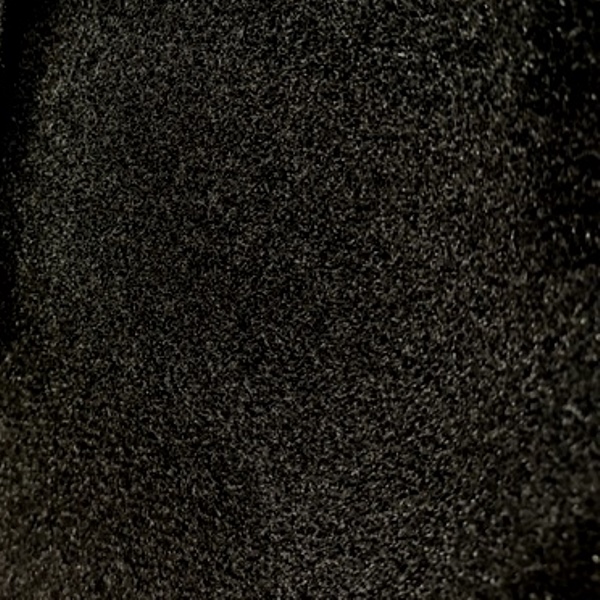 1981 Pontiac Phoenix Trunk Liner. Loose weave, jet black. 50" wide-M 30Trunk Liner. Loose weave, jet black. 50" wide. Sold by the foot
1981 Pontiac Phoenix Trunk Liner. Loose weave, jet black. 50" wide-M 30Trunk Liner. Loose weave, jet black. 50" wide. Sold by the foot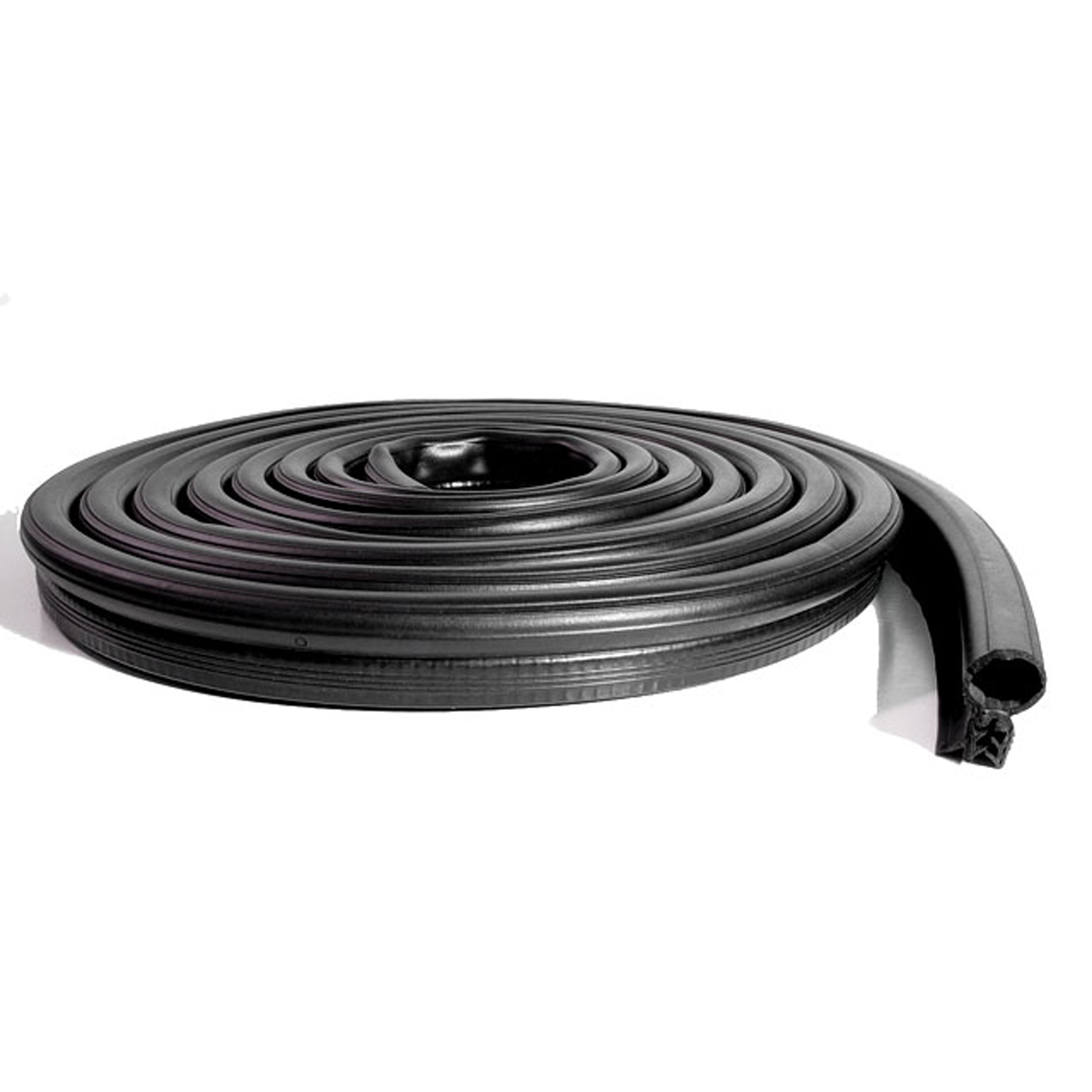 1981 Pontiac Phoenix Trunk seal-MW00101Trunk seal. Also replaces '75-'79 Buick Skylark hatchback seal. Made with steel cores. 1-3/8 in. x 3/4 in. x 17 ft. L. Each.
1981 Pontiac Phoenix Trunk seal-MW00101Trunk seal. Also replaces '75-'79 Buick Skylark hatchback seal. Made with steel cores. 1-3/8 in. x 3/4 in. x 17 ft. L. Each.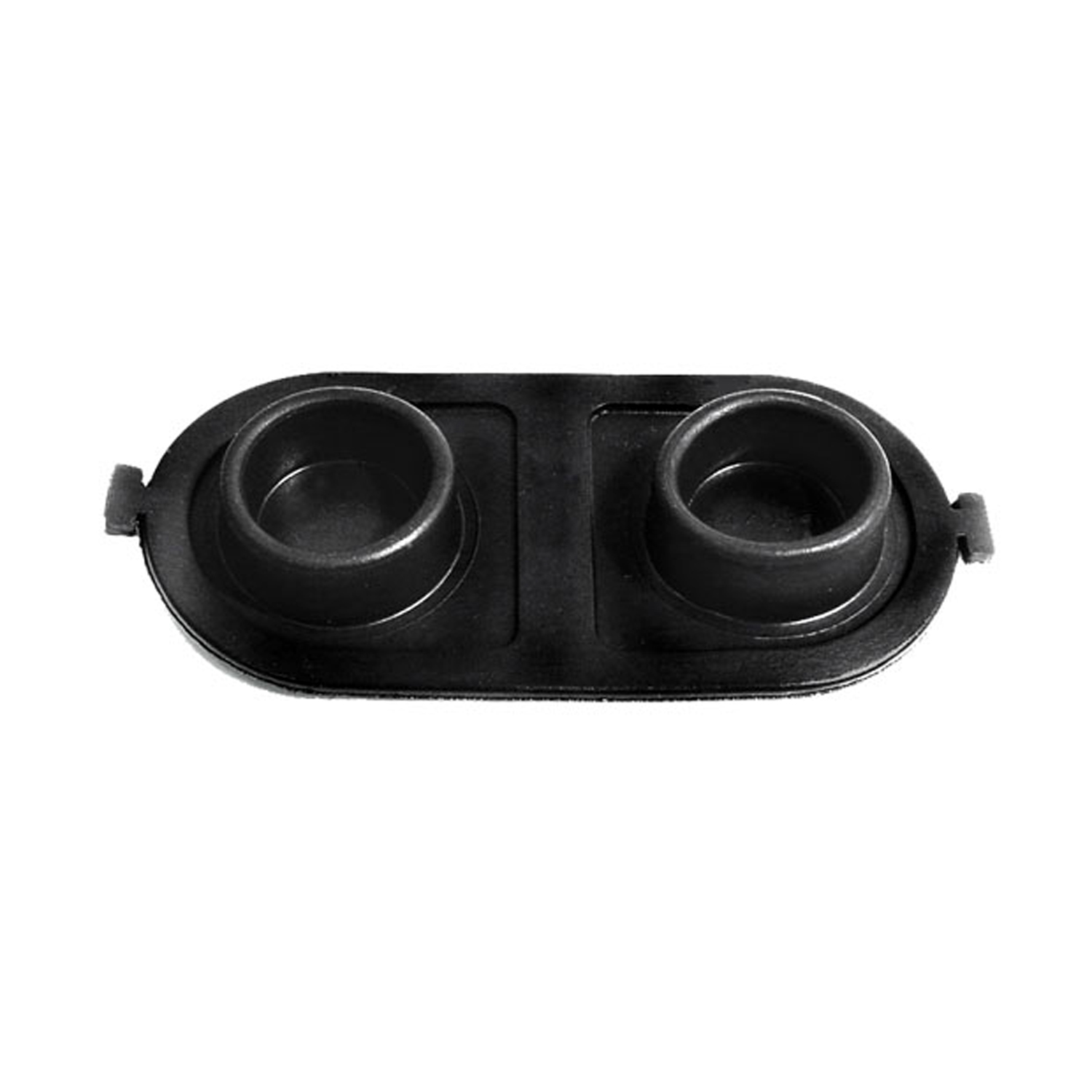 1981 Pontiac Phoenix Brake Master Cylinder Cover Seal. Replaces OEM #5470861-RP 2-EBrake Master Cylinder Cover Seal. Replaces OEM #5470861. 5" X 2-1/2". Each
1981 Pontiac Phoenix Brake Master Cylinder Cover Seal. Replaces OEM #5470861-RP 2-EBrake Master Cylinder Cover Seal. Replaces OEM #5470861. 5" X 2-1/2". Each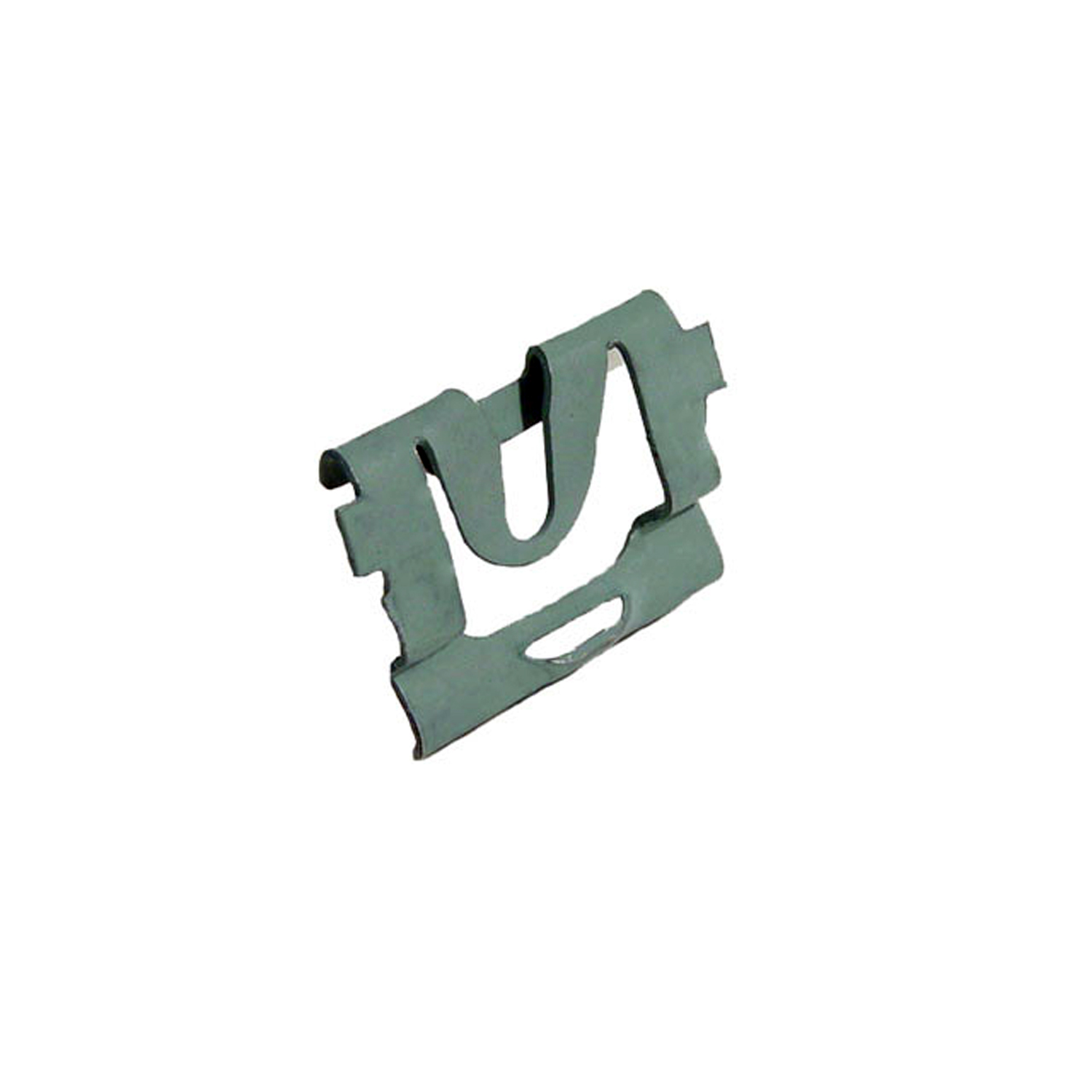 1981 Pontiac Phoenix Windshield Reveal Molding Clip. For models with vinyl top-WF 210Windshield Reveal Molding Clip. For models with vinyl top. 3/4" x 1-1/16". Each
1981 Pontiac Phoenix Windshield Reveal Molding Clip. For models with vinyl top-WF 210Windshield Reveal Molding Clip. For models with vinyl top. 3/4" x 1-1/16". Each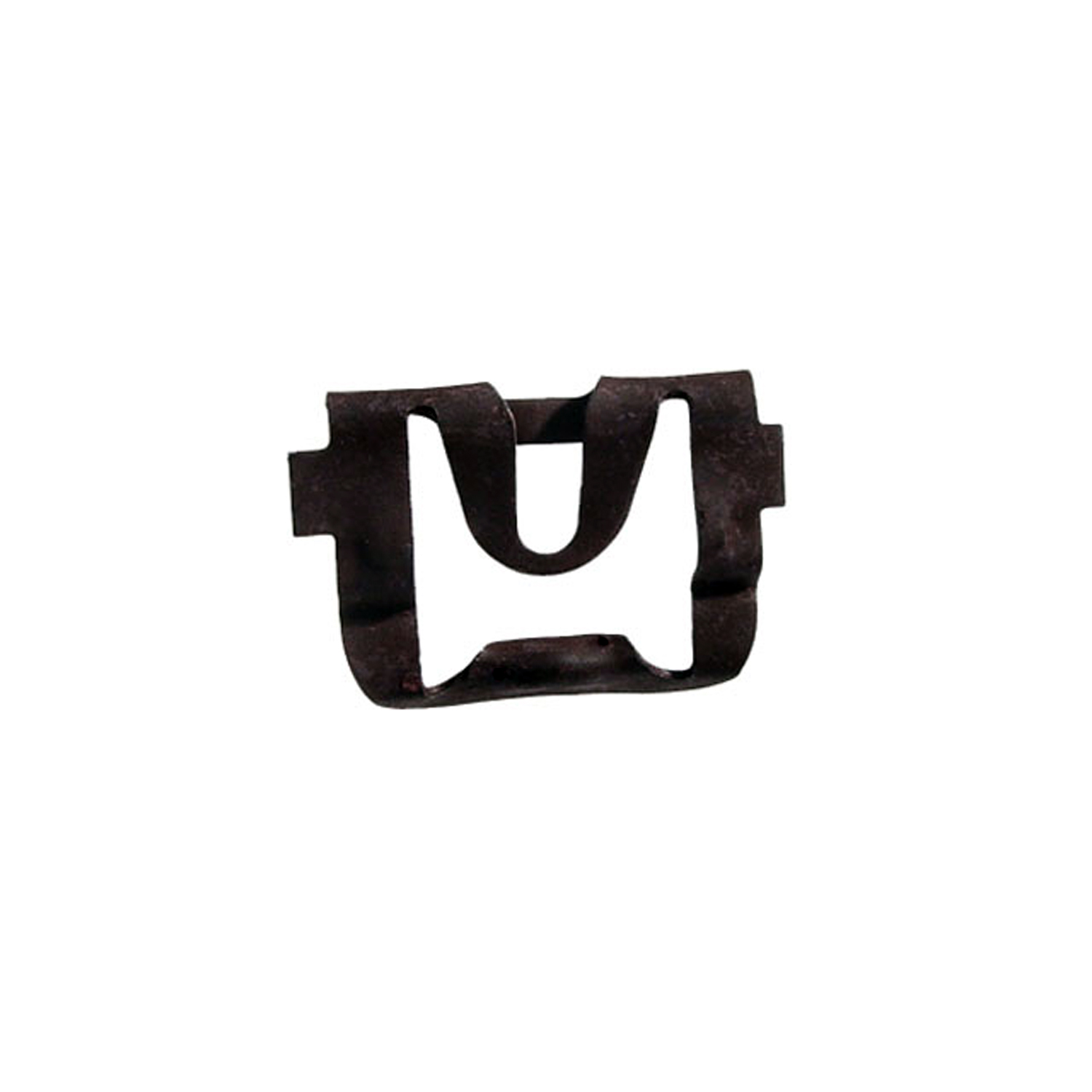 1981 Pontiac Phoenix Rear Windshield Reveal Molding Clip. Made of steel-WF 211Rear Windshield Reveal Molding Clip. Made of steel. 15/16" X 3/4". Each
1981 Pontiac Phoenix Rear Windshield Reveal Molding Clip. Made of steel-WF 211Rear Windshield Reveal Molding Clip. Made of steel. 15/16" X 3/4". Each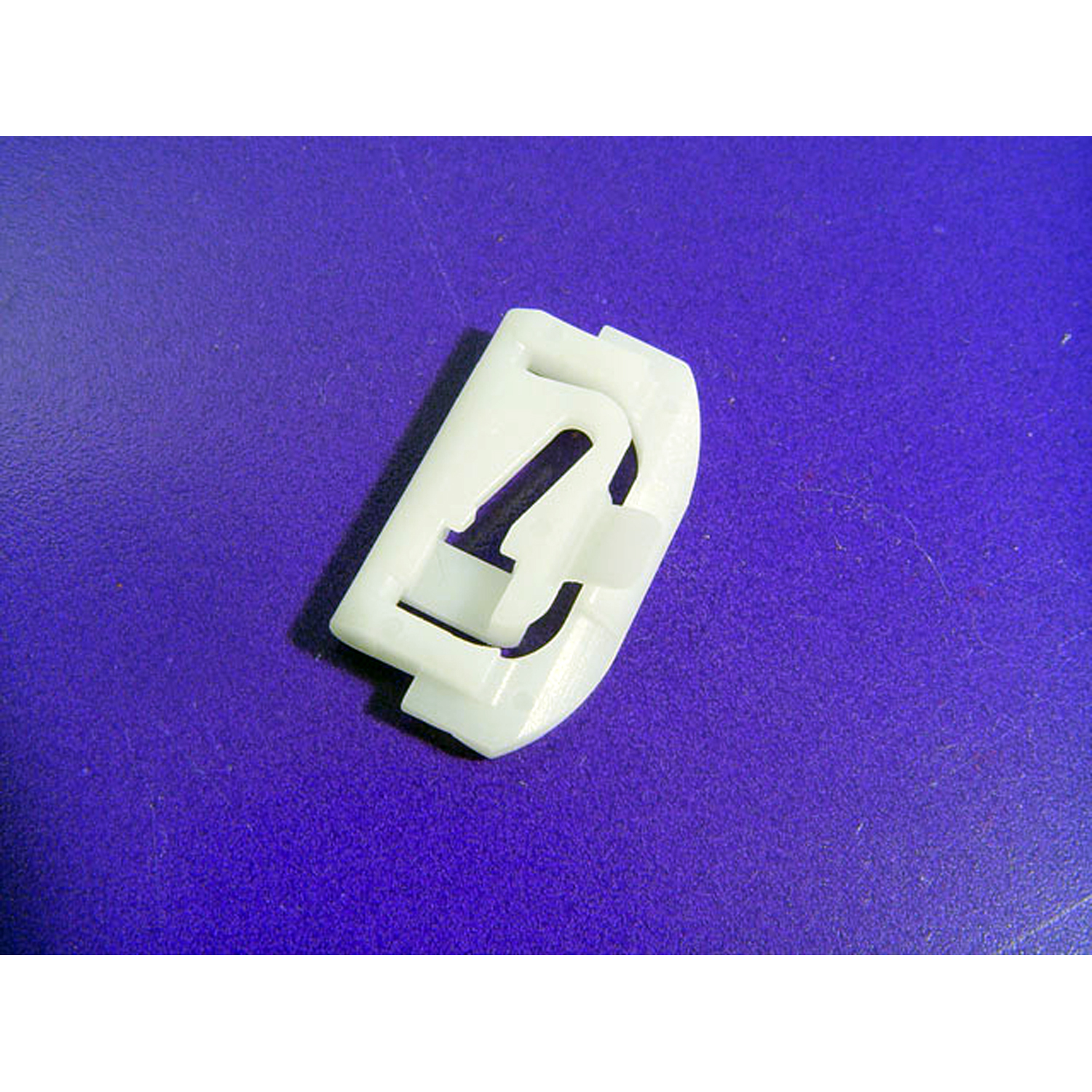 1981 Pontiac Phoenix Lower Side Window Reveal Molding Clip. Made of nylon-WF 214Lower Side Window Reveal Molding Clip. Made of nylon. 1-1/4" x 3/4". Each
1981 Pontiac Phoenix Lower Side Window Reveal Molding Clip. Made of nylon-WF 214Lower Side Window Reveal Molding Clip. Made of nylon. 1-1/4" x 3/4". EachWhy Choose Metro?
For over 100 years, Metro Moulded Parts has been the pinnacle of quality in classic car restoration parts. Our commitment to precision and authenticity in every component ensures a perfect fit and an OEM-level appearance.
- Expert Craftsmanship & Quality: Each part is a testament to our dedication to reliability and perfection, crafted from original designs and thoroughly tested.
- Advanced Technology: We use cutting-edge techniques to create flawless, long-lasting parts that surpass others in performance.
- SuperSoft Sponge – The Ultimate Door Seal: Not only are our door seals 30% softer than competitors', but they're also guaranteed to never leak. They effectively reduce wind and road noise, enhancing your classic car's comfort and driving experience.
- Proudly American: Our parts are a product of American craftsmanship, made in the USA with a spirit of excellence and heritage.
- Unrivaled Warranty: We back our products with a 30-year industry-leading warranty, a testament to our confidence in their quality.
Join us in preserving the legacy of classic cars with parts that are crafted for perfection, not just made.

